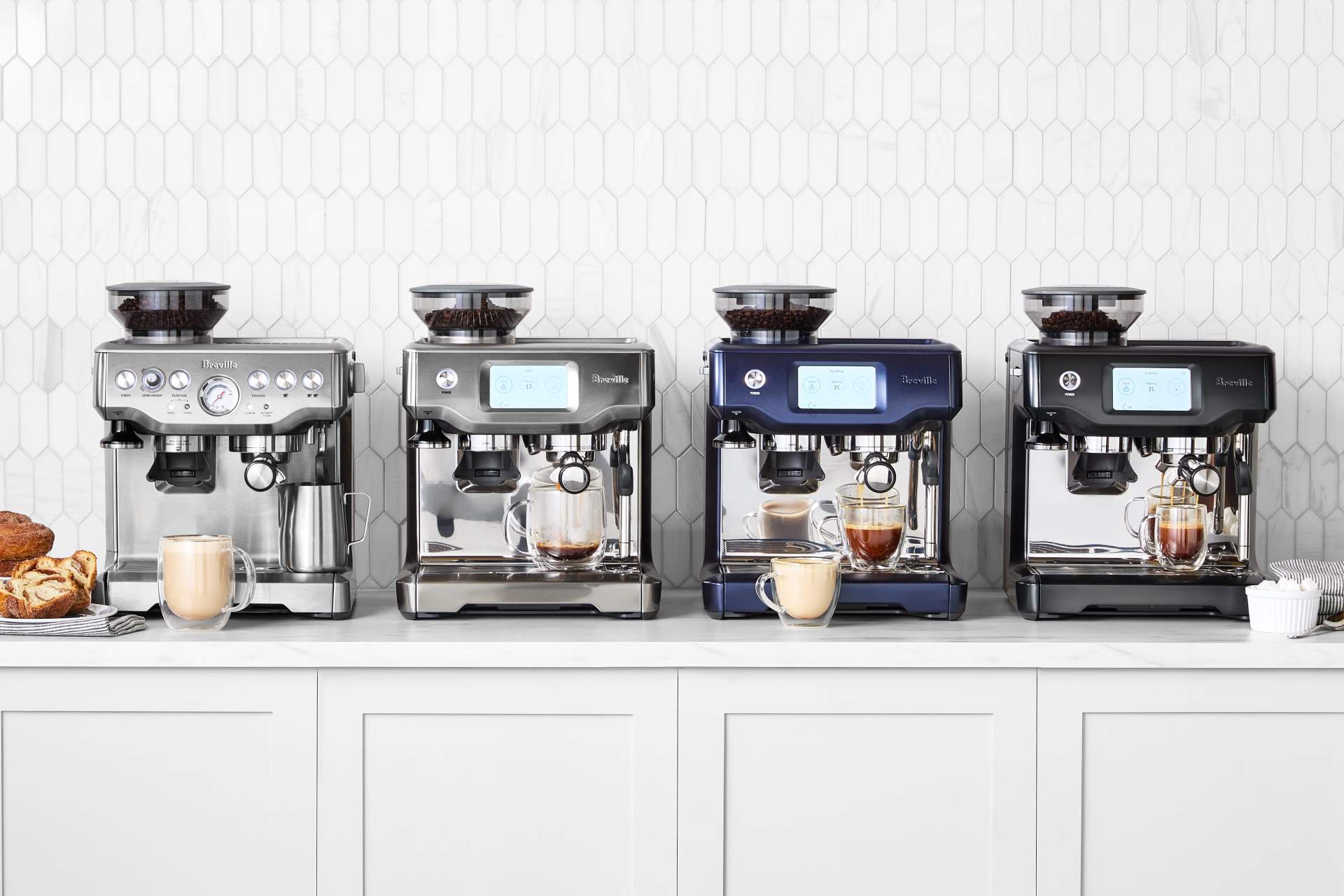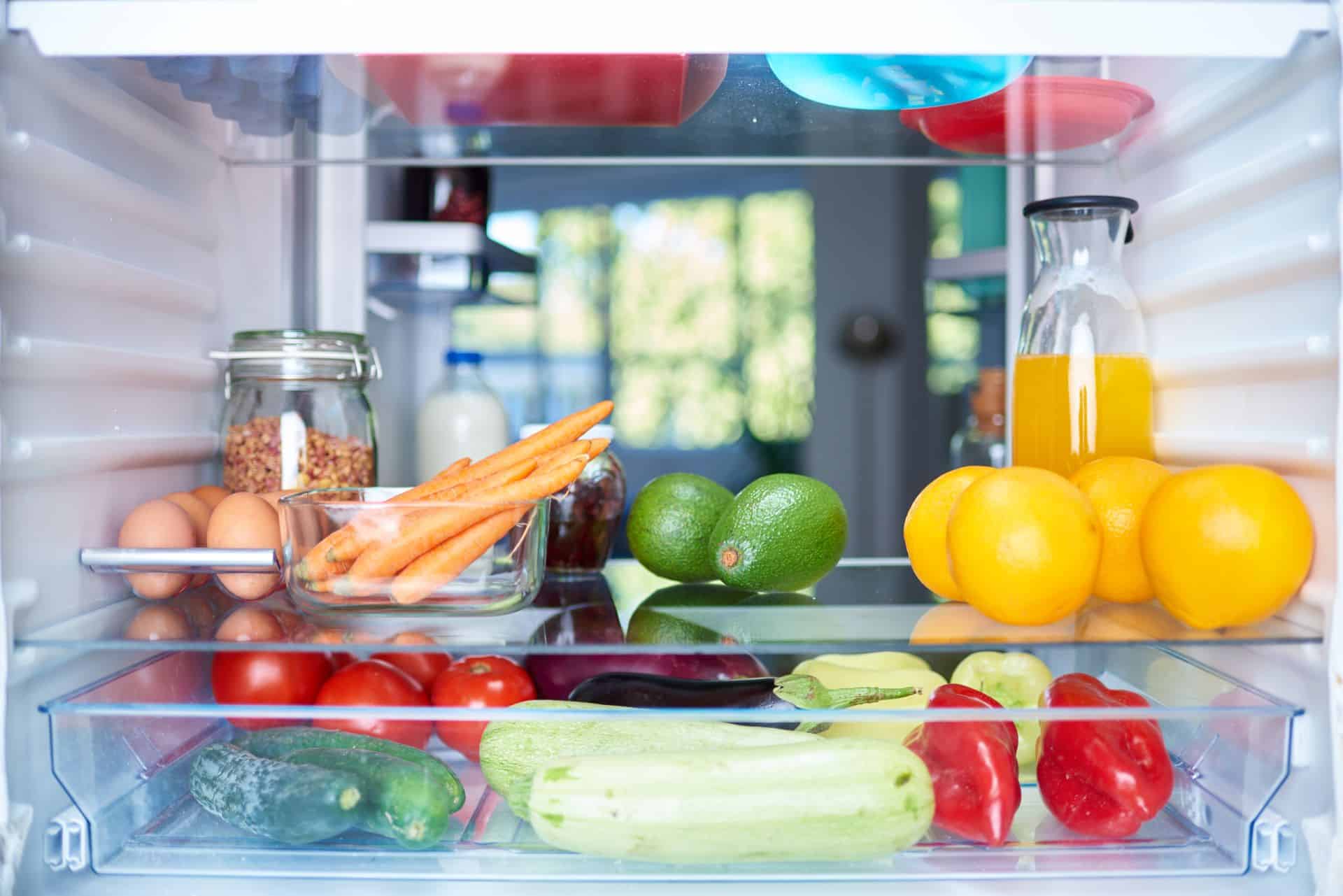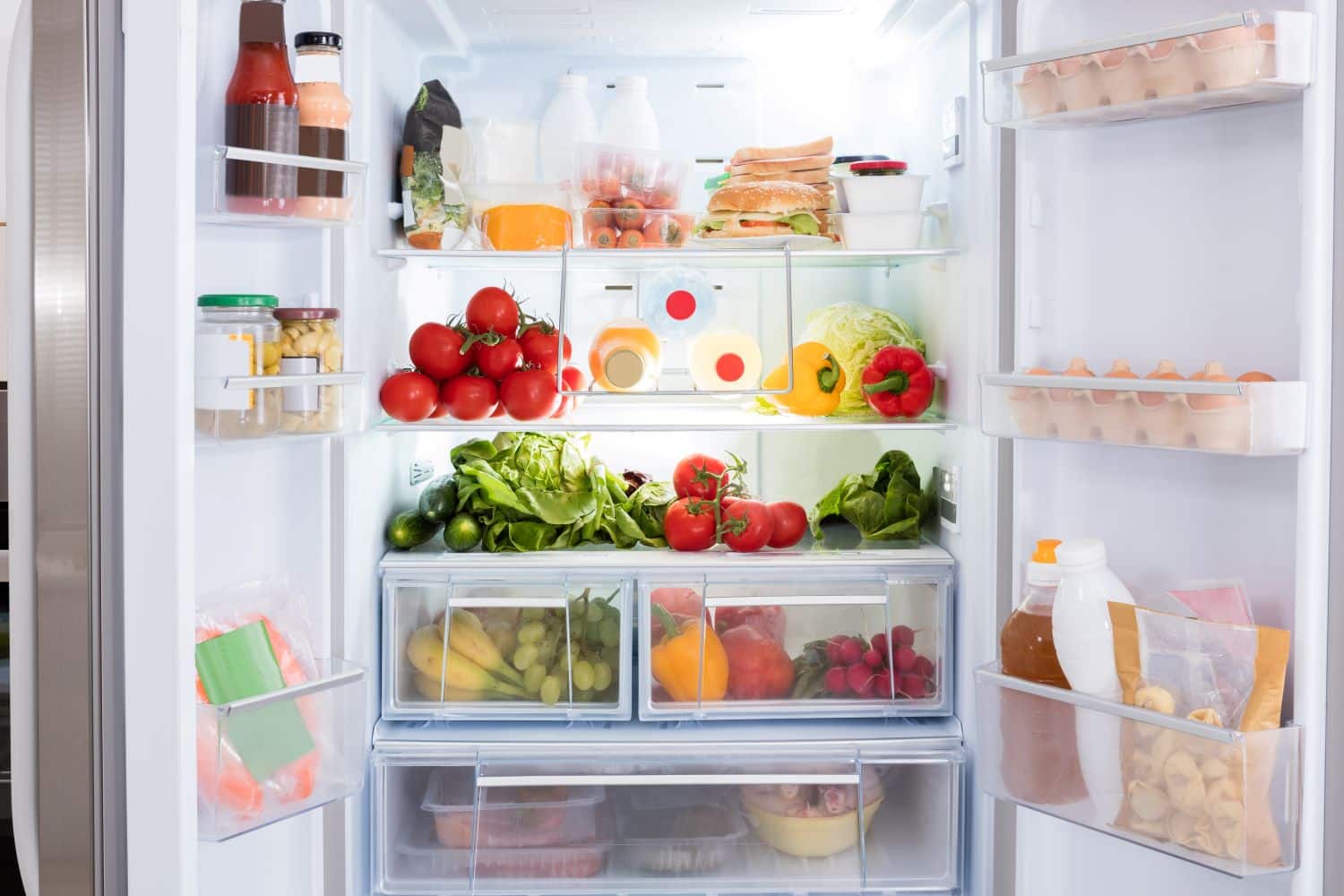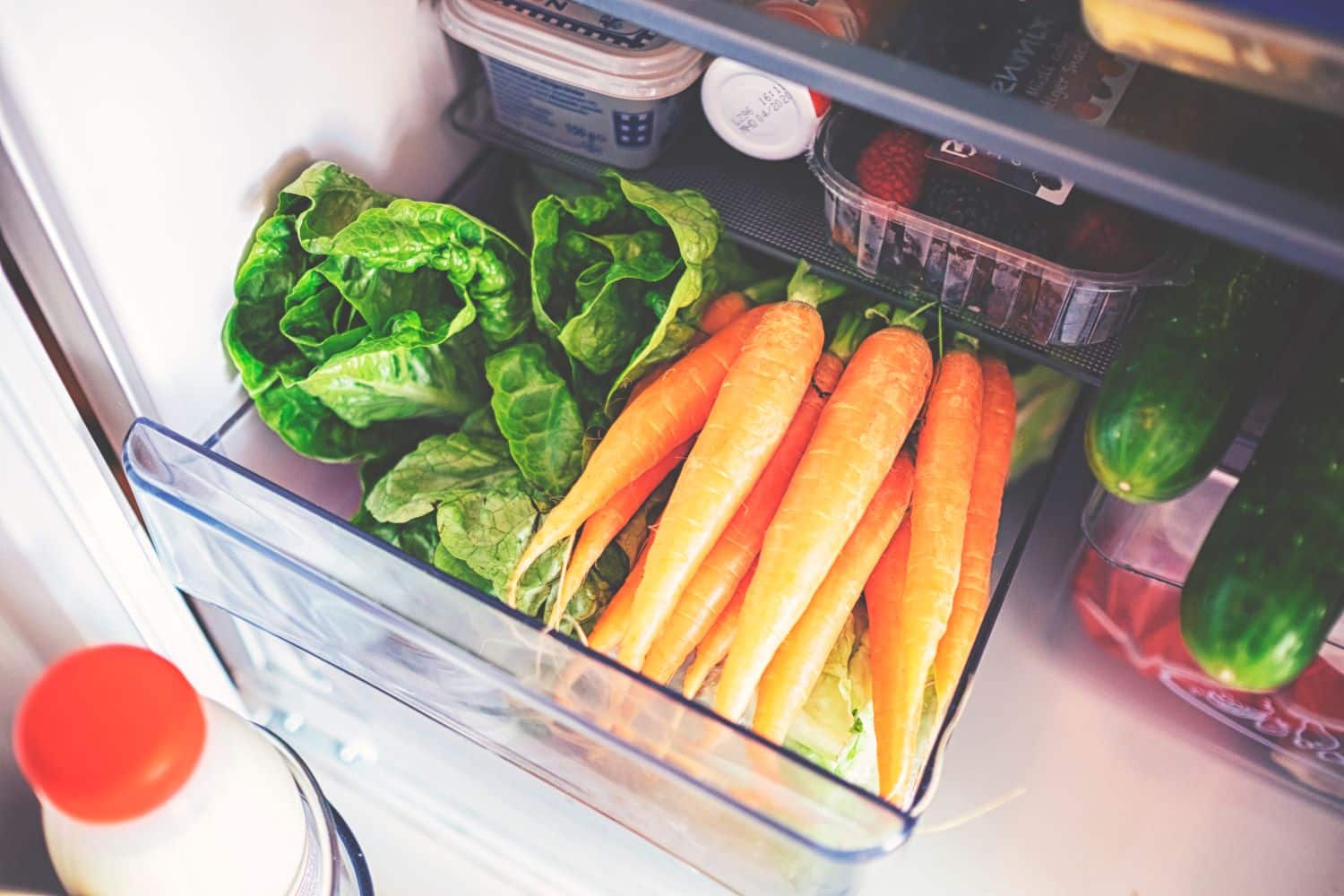Your morning brew, made by you, perfected by Breville.


Keeping your fridge clean and clutter-free can feel like a daunting task. It can be easy to let items pile up (or get pushed to the back) where you forget about them. And, let’s face it, we all have a couple of long-lost salad dressings that may just be a little past their expiration date.
But having an organized fridge is about more than just aesthetics—it also makes meal prep easier, which can help you save money and reduce food waste. It can even help your fridge stay in good condition for years to come.
So, if you’re looking for a spring-cleaning project, take this as your sign that it’s time to organize one of your most used home appliances: your refrigerator. Here are some simple tips to help you keep your fridge neat and tidy.
Ready to take your organization to the next level? Explore our collection of food storage options and keep your freshly organized fridge in tip-top shape!

Most people don’t think too much about how they store their food, but having an organized refrigerator can make a big difference in your life.
An organized fridge not only looks better, but can help save you time and money and will keep food fresher—and safer—longer. Some of the top benefits of having an organized fridge include:

If you’re looking for steps on how to organize your fridge, you’ve come to the right place! Here are some tips on how to tidy up your fridge and keep food stored properly (and safely) so it lasts longer:
1. Take inventory.
Before thinking about how to organize your fridge, it’s important to take inventory of what you have in there. Make a list of all the items in your fridge and use this list to help you figure out what needs to be thrown out, what needs to be replenished and what needs to be kept and organized.
2. Do a deep clean.
Take everything out and give your fridge a deep clean. Wipe down the shelves and drawers with a solution of warm water and dish soap before putting anything back in.
3. Group similar items together.
Create designated areas in your refrigerator for different types of food. Group together condiments, dairy products, fruits and vegetables and leftovers. This will make it easier to find the items you need and make sure nothing gets lost in the back of the fridge.
4. Invest in clear containers.
Keeping clear food storage containers in your refrigerator is a great way to keep things neat and organized—and you’ll know exactly what’s in each of them without having to open them up! If you prefer colored or opaque containers, just be sure to label them so you know what’s in each one.
5. Clean as you go.
Cleaning your fridge regularly is an important part of keeping it organized. Make it a habit to clean out expired items, toss out any leftovers that have been in there too long and wipe down shelves and drawers on a regular basis. Cleaning is also easier with removable bins or containers—they keep crumbs and potential spills contained and can be rinsed out quickly in your sink.
6. Label everything.
Labeling your food items is a great way to ensure everything in your refrigerator is organized. Label leftovers, condiments and other items so you know how old they are and what’s inside. Using a vacuum sealer is another great option (and lends itself well to quick labeling) as it can extend the shelf life of food items by reducing the amount of oxygen that can enter the package and reach the food and helps save space in your fridge.
7. Utilize vertical space.
Make use of the vertical space in your fridge by using stackable containers or extra shelves. This will help you maximize the space in your refrigerator and make it easier to find items.
8. Store items according to temperature.
When it comes to storing items in your refrigerator to keep them organized, temperature and shelf placement is key. Proper placement can help ensure your food stays safe and fresh and can also help you save energy. The coldest part of your refrigerator is usually the bottom shelf. This is where you should store foods that require the coldest temperatures, particularly meat and dishes that require higher cooking temperatures.
The middle shelves of your refrigerator should be reserved for food items that don’t need to stay as cold. This includes items such as leftovers, cooked vegetables and fresh fruit. Dairy is also a good item to put on the middle shelf, as it typically has the largest vertical space. The top shelf and door shelves should be used for food items that don’t need to stay as cold, such as condiments, jams, jellies and eggs.
And, don’t be tempted to mix items in the fruit and vegetable drawers! Fruits require a lower temperature and higher humidity to maintain their freshness, while vegetables need a higher temperature and lower humidity. Depending on the type of refrigerator you have, you can adjust the temperature of each produce drawer to account for these differences. Additionally, fruits tend to release more ethylene gas, which can cause nearby vegetables to spoil faster.
Ready to take your organization to the next level? Explore our collection of food storage options and keep your freshly organized fridge in tip-top shape!
Join The Conversation